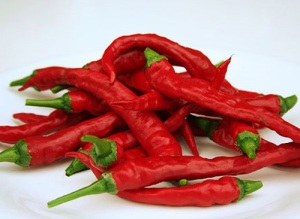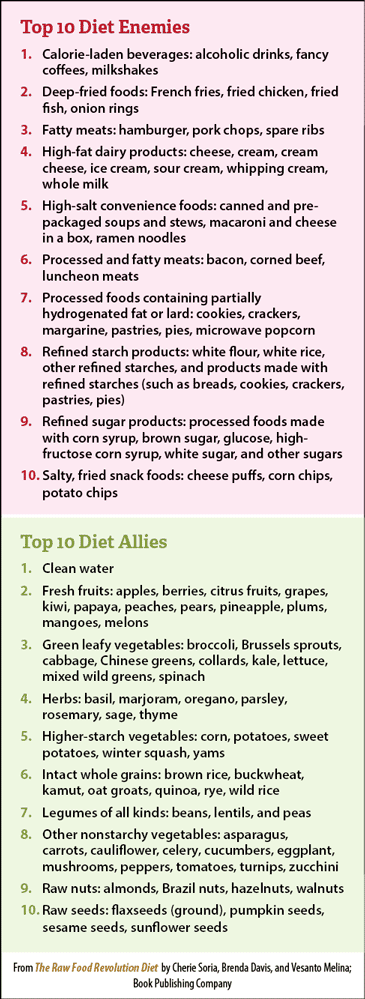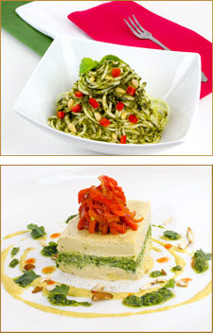Do you like the sound of a superfood that is naturally sweet and incredibly good for you? I am forever surprised these days at the abundance & variety of World foods becoming available for many foodies when they are not locally grown in our own Country. The willingness to explore new tastes & recipes brings such a richness to a multi cultural society, & here in Australia we are blessed with such an opportunity.
Human taste buds are naturally primed to love sugar! I find it interesting that from an evolutionary perspective, sweet flavors are nature’s way of signalling low toxicity and a good source of energy in plants. So for those living in the wild, sweetness was somewhat of a compass for finding safe food.
While our love of all things sweet may have helped our ancestors to survive in harsh conditions, our modern intake of sugary foods creates a lot of issues for our health. Sugar seems to have crept into our diets in such quantities in the Western World that healthier solutions need to be found if we wish to live longer in healthier bodies.
Here is a chance to discover a superfood that is naturally sweet and nourishes your body… we’re talking about none other than lucuma, and the benefits it can offer to your health and culinary pleasures!
What Is Lucuma?
Pronounced “loo-koo-mah”, this exotic fruit is cultivated in Peru and has been eaten in South America since 200 AD.
The taste of lucuma has been described in various forms of lick-your-lips deliciousness! Some people report that it’s a blend of pear, mango & sweet potato.The lucuma fruit has green skin with the inner flesh the same golden hue as a hard-boiled egg yolk; it has a large seed in the middle similar to an avocado.

Once upon a time, lucuma was used by ancient South American people for natural healing, and was believed to have antifungal, antibiotic and antimicrobial qualities. Ancient transcripts also indicate that lucuma was thought to help digestion.
Why Is It Good For Me?
Lucuma is affectionately referred to as the ‘Gold of the Incas’ by local Peruvians, and has been revered as a staple food and sacred offering for many centuries.
Here’s 5 reasons why you’ll love lucuma, too!
1. It Has A Naturally Low GI
You can avoid blood sugar highs and lows by choosing foods with a naturally low Glycemic Index (GI), such as lucuma! This means that the carbohydrate is broken down into glucose and released more slowly, so that your body stays fueled for longer.
Lucuma offers a lovely light sweetness without creating a massive influx of sugar into your bloodstream, the way that sugar does. This way, you can enjoy its sweet flavor and keep your energy and blood sugar levels nice and stable.
2. Lucuma Offers A Major Nutrient Hit
This fruit contains an elixir of 14 trace minerals, as well as many other essential vitamins! In particular, lucuma is a good source of zinc, calcium, vitamin C, niacin (vitamin B3) and iron. As suggested by its brilliant yellow color, lucuma is particularly high in beta-carotene, which our body requires for making Vitamin A and regulating the immune system.
3. A Good Source Of Fiber
Like most fruit, lucuma is a good source of fiber. Even once it is dried and ground into a superfine powder, we can reap lucuma’s roughage benefits for good digestion & bowel health!
4. It Has An Array Of Antioxidants
Lucuma is rich in many antioxidants which we now know offer widespread beneficial results; it is not generally available in its fresh form in the Western world.
Alternatively, it is delicately dehydrated and powdered before being transported for us to enjoy its rich nutritional benefits. By purchasing high quality, certified organic brands, you can ensure that the fruit has been dried at a suitable temperature to preserve its precious nutrients.
Here’s some other ideas to experiment with.......
Try adding some lucuma to veggie juices, it brings a smooth creaminess to your mix which can help take away the bitterness of some greens.
Lucuma icecream is a real treat & very easy to make. Simply blend up 1/2 cup lucuma powder with 1 cup soaked cashews, vanilla essence, 1/4 cup of coconut nectar, a pinch of salt & a cup of water & freeze......Voila!.....simply delish!
It is worth experimenting with using it in pancakes, tarts, cakes & slices, ( either completely or partially, say a 2:1 mix) but keep in mind it can change the flavour adding a caramel maple type infusion. It is also a delicious additive in smoothies & shakes.
Here's a recipe you might like to try....
Berry Cream Chia Pudding
Scrumptiously energizing
This luscious chia pudding is actually a pretty serious dose of "long lasting energy" all packed into one beautiful and scrumptious breakfast dish that will carry you through the day.
It can also be used as a quick desert; some slices of banana & other fruit on top can be nice, perhaps with some cacao nibs!
1 Cup frozen Blueberries or berries of choice
1 Cup Almond Milk (or nut/seed milk of choice)
2 pitted Medjool Dates, optional for added sweetness
1 Tab Lucuma Powder
1 Tab Vanilla Extract
pinch of Pink Himalayan Salt
¼ Cup Chia seeds
Blend briefly & top with some almonds.














